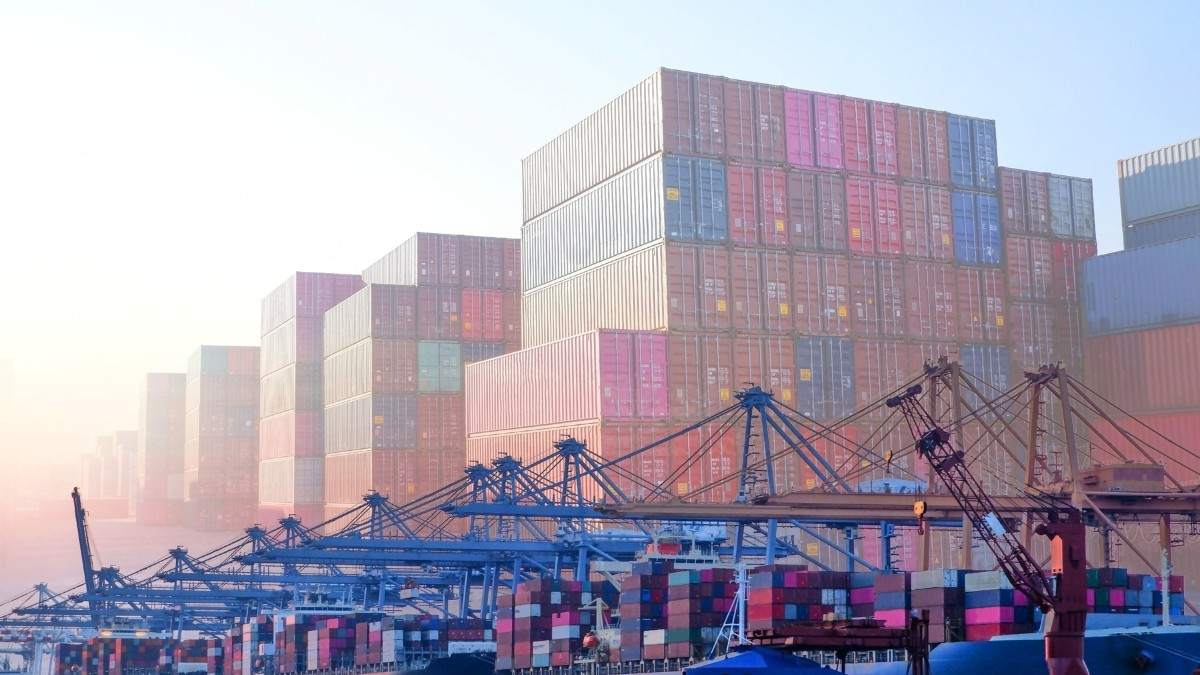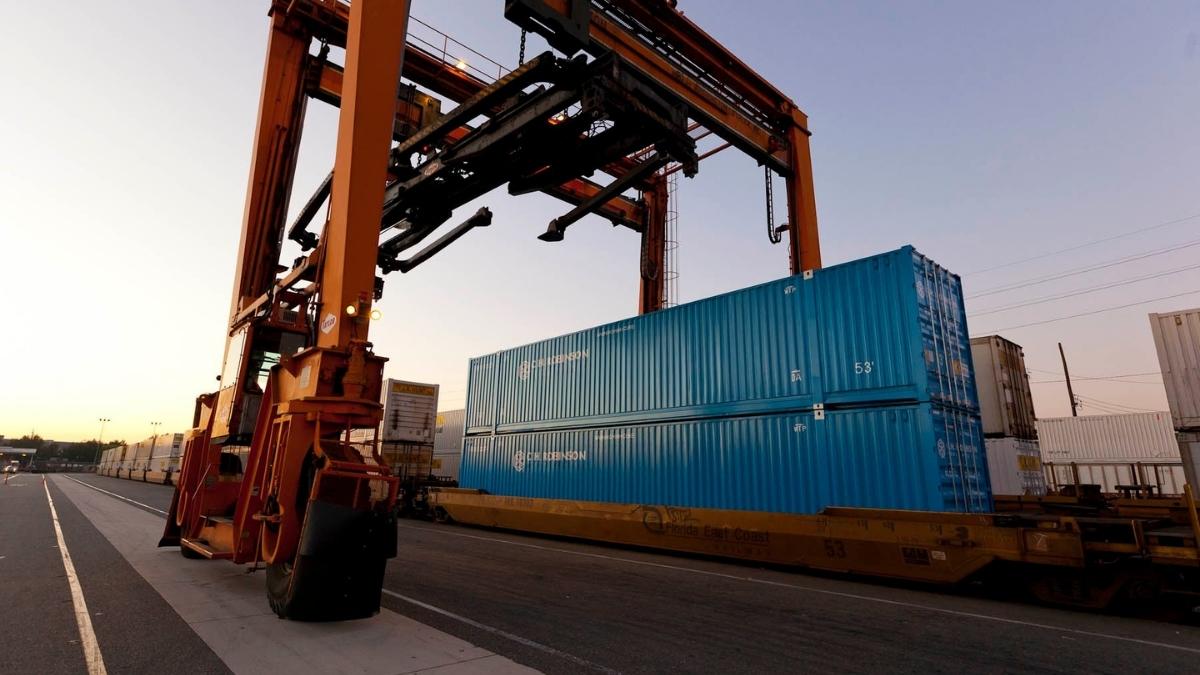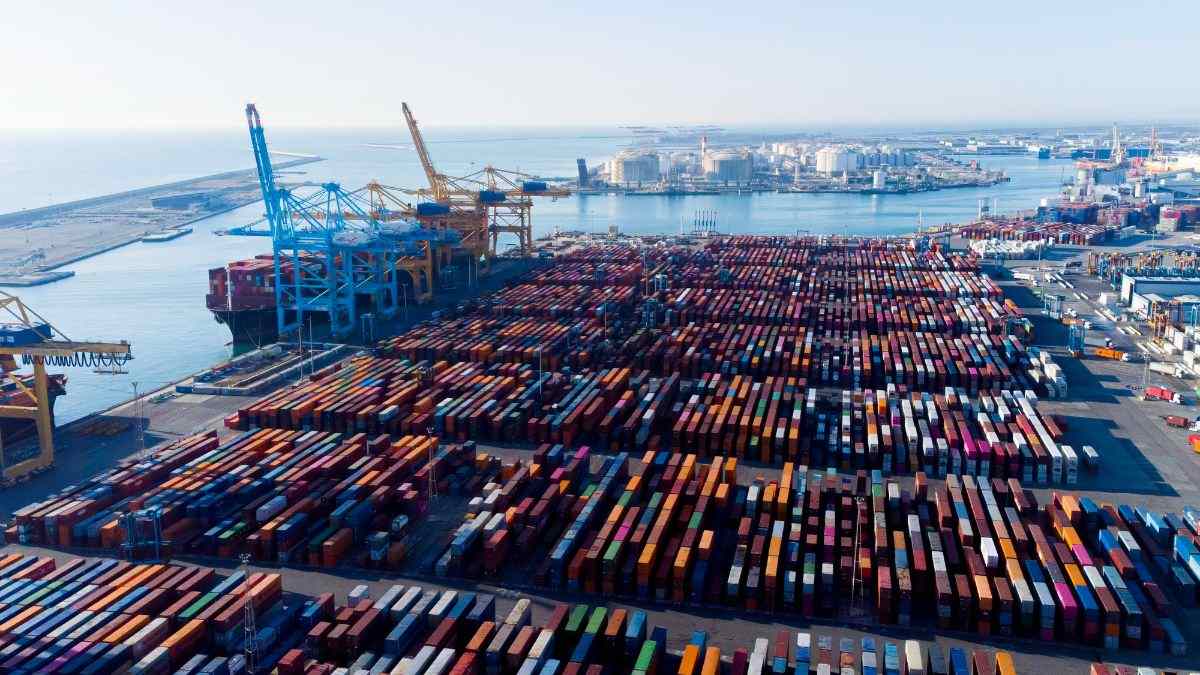
In 2025, the Trump Administration launched a sweeping overhaul of its trade policy with the implementation of reciprocal tariffs under the authority of the International Emergency Economic Powers Act (IEEPA). Designed to respond to other countries’ tariffs on U.S. goods, this policy shift sent ripples through global supply chains and increased trade uncertainty.
For shippers importing goods into the U.S., understanding these tariffs is key to strategically managing risk, mitigating costs, and maintaining compliance in a rapidly evolving environment.
To help navigate this shifting landscape, here’s what you need to know about how reciprocal tariffs work, how these tariffs stack, and what the changes mean for your business.
What are reciprocal tariffs?
Reciprocal tariffs are intended to mirror or respond to the tariffs other countries place on American exports. They aim to level the playing field by addressing trade barriers and trade deficits. For example, if a country imposes a 20% tariff on U.S. goods, the U.S. may respond with a similar rate on imports from that country.
What are the current reciprocal tariff rates?
On April 2, 2025, President Trump announced reciprocal tariffs affecting over 180 countries. This key change in U.S. trade policy introduced:
- A baseline 10% tariff on all imports into the U.S. (excluding Canada and Mexico)
- Country-specific tariffs for countries with high tariffs on U.S. goods or significant trade imbalances
The country-specific tariffs have been paused until August 1, 2025 (excluding China, which is paused until August 12, 2025). For countries that do not reach trade deals by August 1, they will face the full country-specific reciprocal tariff rate for their country that was in effect on April 2, 2025. Through the week of July 7, 2025, multiple countries were also notified of new tariff rates, with the majority starting August 1, 2025.
View the current reciprocal tariff rates with our U.S. Reciprocal Tariff Tracker and keep up with rate changes when they take place.
Do the reciprocal tariffs stack with other tariffs?
Yes. Tariff stacking occurs when a product is subject to more than one tariff, resulting in a cumulative duty that increases the final cost of the imported item. When the IEEPA tariffs were introduced, tariff stacking added another layer of complexity to the import process.
As of June 4, 2025, the following priority order applies when determining the tariff stacking order:
1) Section 232 Auto/Auto Parts: If the product is subject to the Section 232 auto/auto parts tariffs, then it is not subject to the Section 232 steel/aluminum tariffs or the IEEPA fentanyl tariffs (Canada and Mexico only).
2) Section 232 steel/aluminum: If the product is not subject to the Section 232 auto/auto parts tariffs but is subject to the Section 232 steel/aluminum tariffs, then the 50% rate (25% for products from the UK) is applied to the value of the steel/aluminum content.
a. The non-steel/aluminum content is subject to the IEEPA reciprocal tariffs and other tariffs.
3) IEEPA Canada/Mexico: If the product is not subject to the above tariffs, then the IEEPA fentanyl tariffs are applied for products from Canada or Mexico, as applicable.
4) Other duties: In addition to the above tariffs, all other duties are applied as applicable, including Section 301 tariffs, Most-Favored Nation (MFN) tariffs, IEEPA fentanyl tariffs (on products from China), and antidumping/countervailing duties (AD/CVD).
Fortunately, you can quickly and easily see how the tariffs have been applied to your products and how much duty you owe with our U.S. Tariff Impact Analysis tool. Available 24/7 to C.H. Robinson customers at no additional cost, this tool takes the manual work out of tariff stacking and determining duty impact all in one place.
Next steps
The U.S. reciprocal tariffs mark a significant shift in global trade dynamics. It isn’t just about moving goods—it’s about strategically managing risk, cost, and compliance in a rapidly evolving environment. Connect with us to analyze your potential tariff impact and evaluate your import strategy to stay ahead of future changes.
Stay informed
Developments in customs and trade continue to evolve—stay informed to be prepared:



